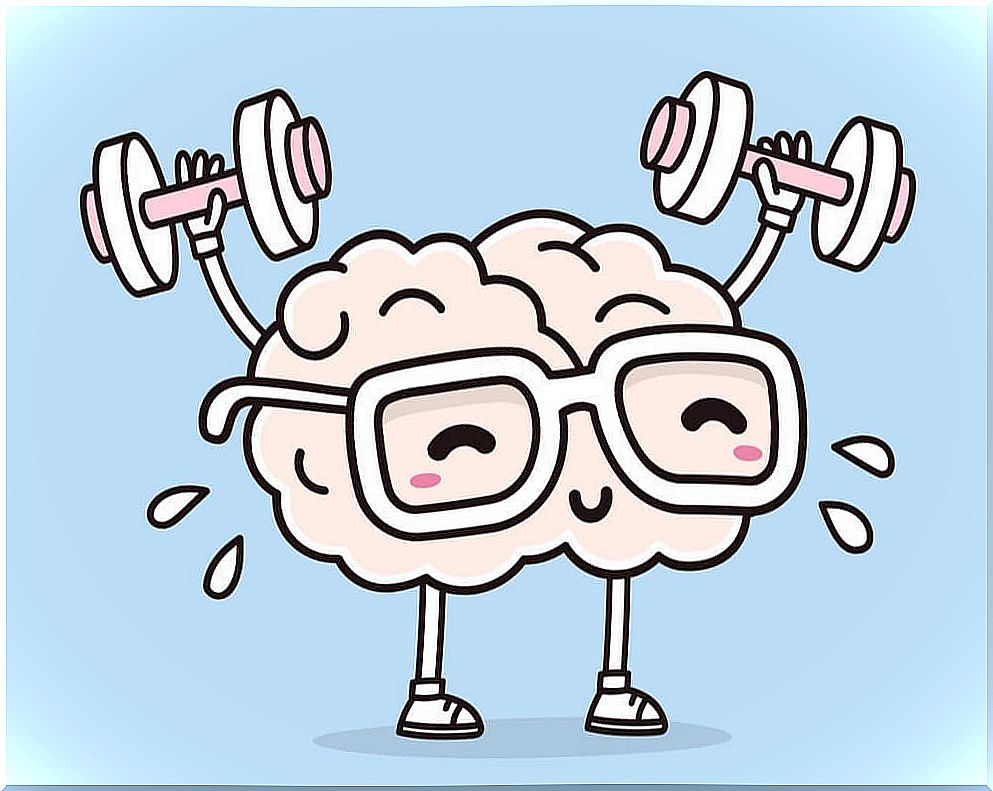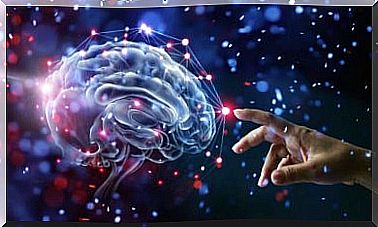How Does Exercise Improve Our Psychological Life?

We hear a lot about the benefits of physical activity for the body, but did you know that exercise improves your psychological life?
Many guides who seek to be a help to improve our lives, both on the physical and psychic planes, recommend a series of fundamental tips. These are easy strategies and ideas to expose, but they are not so easy to implement in our daily lives. They demand that we change our routines, those that we tend to follow because of the inertia that we create ourselves and that gain a lot of strength due to repetition.
Exercise is highly recommended, but what can it bring us mentally and emotionally? Why does it deserve a space in our calendars? What is so valuable that when you get home, instead of putting it in order, making dinner, resting or studying languages, someone goes out again to exercise?
In this article we’ll try to answer all these questions… and a few more.
Physical activity takes care of our body cells
Well, our minds seem to be something abstract, the conductor of an orchestra that we often “separate from the body”, as if the base of the latter were not the same biological substrate. We talk about physical fatigue and mental fatigue as if they were totally separate things, but that’s not true.
When we exercise, a very curious phenomenon happens: our body’s cells oxygenate themselves. The metaphor is simple: it’s as if we ventilate the body, just as we do with our house every morning. The truth is, in summer, ventilation is easy. However, in winter the subject is different. We don’t usually like it much when cold currents move through the rooms. However, when that passes, how do we feel afterwards? Much better, no?
Well, with the practice of the exercise something similar happens. There are days when our body seems to love the feeling of our engine (heart) churning, and days when it’s too lazy (we worked harder during the day, didn’t get enough rest, or that week we exercised more). But how do we feel afterwards? Much better, no?

Exercise improves psychological life by connecting body and mind
We’ve already said that our nervous system cells appreciate it when we give the body a little movement and lose some calories by running, jumping, cycling or walking for a long time. Well, exercise also has another advantage in this body-mind binomial. This advantage is related to communication.
It’s curious, but, for example, when we talk to an athlete who is momentarily injured and ask what he misses the most, he’s likely to answer that it’s communicating with his body.
It is likely that you have a feeling that your body does not speak or only speaks in the language of pain. The information you receive from your body has been greatly impoverished. So, what we get when we do physical activity is that communication with our body improves; we don’t need anything to hurt to know that we have more or less energy.
On the other hand, it is a feeling that is not easy to explain to those who lead a sedentary life and years without exercising. They don’t remember what it feels like to be in tune with their body, so they don’t miss it.
It improves our social life and we gain time for ourselves
Another of the mental advantages that sport brings us is twofold. One of them is the social aspect. Whether it’s an individual or a team activity, it’s easy to meet people in a situation similar to ours. People of flesh and blood, who are not behind a screen, who can motivate us, with exercise or other goals in our lives, and who will undoubtedly expand our social circle of support.
The other aspect of this advantage is defined by a fact: exercising means dedicating time to ourselves. A time to reflect or simply to get away from our worries. During this moment, let’s not think that we haven’t arrived at a certain place, that the food may burn or that any of our gestures may not please anyone or damage our image. On this side, sport is often an exercise in freedom, an update of our mental impulses and an encounter with ourselves.
On the other hand, it is an act that will hardly generate a mental discomfort. It is very difficult for us, exercising, to feel dissonance between who we are or what we would like to be and what we do. There are no threats, only challenges. It’s making a basket or running a little faster. The question is simplified and our mind thanks this release.

Exercises, discipline, faith and emotions
An indirect benefit of an exercise routine is order and discipline. Keeping up with the practice regularly creates a feeling of constancy in us that makes us feel good. This type of message will boost our self-esteem and help us with other purposes.
Many people don’t make plans because they don’t have faith that they will stick to them, so they live in a kind of censorship-laden anarchy because many of the decisions they make are random and the balances they build are so fragile. Well, few activities are better than exercise to gain confidence.
How many advantages, isn’t it? But they are not over yet. Now it is worth pointing out one of the most important: emotional regulation. Exercise helps us to positively expend the excess energy that almost everyone has from eating more calories than they can expend. Thus, a body with a lesser need for activity will give us greater scope to work with our emotions. If we get angry about something, for example, it will be harder for us to explode.
Exercising lowers our blood pressure, so we’ll need a bigger boost to get activated as before. This greatly expands the scope we have to act, intelligently utilize the information of the emotion we feel and let it dissipate without its energy prompting us to act in a way that will cause us regrets. In children, for example, exercise also greatly enhances self-control and helps regulate rest.
With all these arguments, it makes you want to start, doesn’t it?









